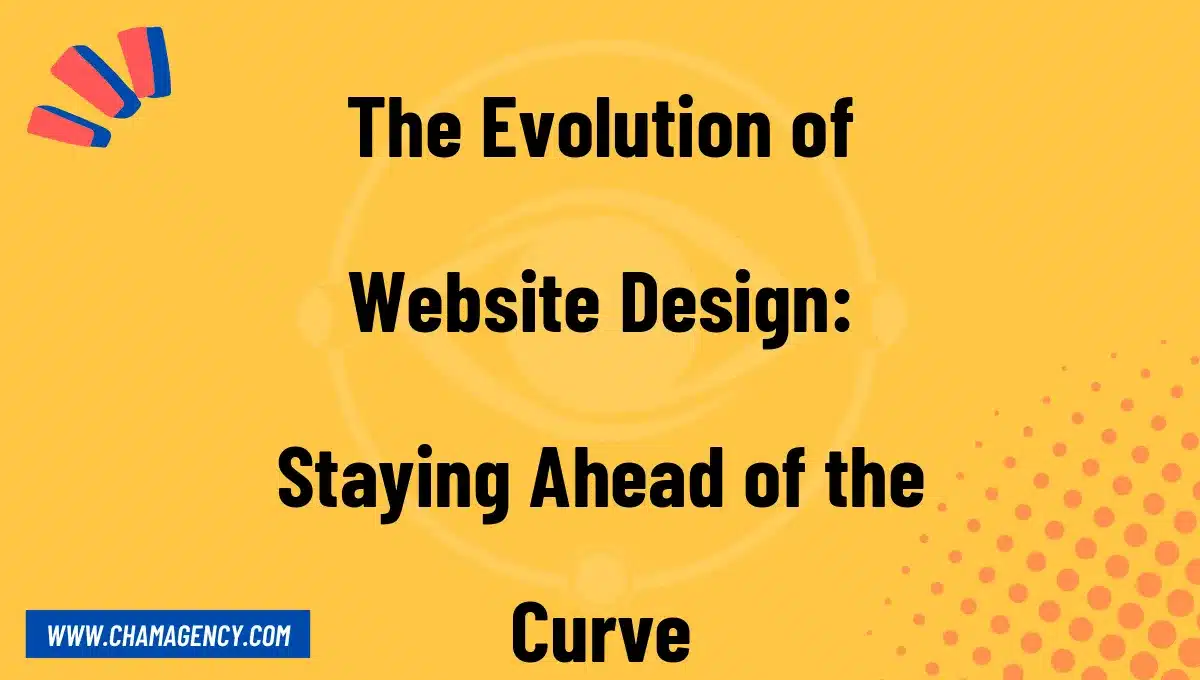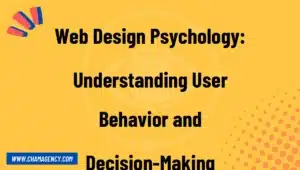In today’s digital age, having a visually appealing and user-friendly website is essential for any business or individual looking to make an impact online. As technology continues to evolve at a rapid pace, website design has also seen significant advancements. To stay ahead of the curve, it’s crucial to understand the evolution of website design and adapt to the latest trends and techniques.
The Early Days: Simplicity and Limited Functionality
In the early days of the internet, websites were primarily text-based and had limited functionality. They were often basic HTML pages without any sophisticated design elements. The focus was purely on delivering content, and aesthetics took a backseat. These early websites lacked interactive features and relied on static images and minimal design elements.
However, as internet usage grew, businesses recognized the need to create visually appealing websites that captured the attention of users. This led to the introduction of CSS (Cascading Style Sheets) and the ability to add design elements such as color, fonts, and layout to web pages. From there, the evolution of website design took off.
The Rise of Responsive Design
As the popularity of smartphones and tablets skyrocketed, web designers faced a new challenge. Websites that were designed for desktop screens didn’t translate well to smaller mobile screens. This led to the rise of responsive design, a technique that allows websites to adapt their layout and functionality based on the device being used.
Responsive design became a game-changer for websites, as it ensured a seamless user experience across different devices. With the use of flexible grids, media queries, and fluid images, websites could now automatically resize and reposition their content to fit any screen size. This approach became a crucial factor in enhancing user engagement and optimizing search engine rankings.
The Era of Interactive Web Design
With the advancement of technology, websites became more interactive and engaging. The emergence of JavaScript frameworks such as jQuery and React allowed for the creation of dynamic web elements, immersive animations, and seamless transitions.
User experience and interactivity took center stage, as websites began incorporating features like parallax scrolling, pop-ups, and video backgrounds. These interactive elements not only created a more enjoyable browsing experience but also helped to convey information and communicate brand messages more effectively.
The Modern Age: Minimalism and Flat Design
In recent years, minimalism and flat design have become the go-to choice for many websites. With the aim of reducing clutter and focusing on essential elements, minimalistic design emphasizes simplicity and readability. Large-scale typography, ample white space, and clean lines are some of the key characteristics of this approach.
Flat design, on the other hand, strips away three-dimensional effects and shadows, resulting in a clean and modern aesthetic. It utilizes vibrant colors, simple shapes, and minimalistic icons to create a visually appealing yet straightforward interface.
Moreover, with the increasing importance of mobile optimization and faster loading times, minimalistic and flat designs have gained popularity due to their lightweight nature and improved performance.
Looking Ahead: The Future of Website Design
The evolution of website design is an ongoing process that continues to shape the online landscape. As technology continues to advance, we can expect even more innovative design trends to emerge.
One prominent trend that has already gained traction is dark mode design. Offering a sleek and modern look, dark mode has become a popular choice for users and is being adopted by major platforms and websites. Additionally, voice user interface (VUI) design, augmented reality (AR) integration, and artificial intelligence (AI) implementation are some of the exciting developments that will shape the future of website design.
Conclusion
The evolution of website design has come a long way, from simple and static web pages to interactive and visually stunning experiences. Staying ahead of the curve in website design is vital to ensure that your online presence remains modern and engaging. By embracing the latest trends, technologies, and design principles, you can create an exceptional user experience and effectively communicate your brand message in the digital arena.









